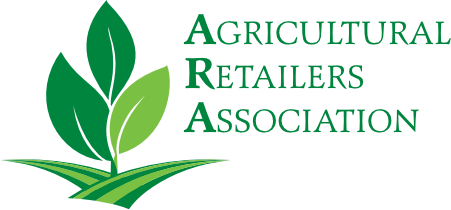ESN, your insurance against nitrogen loss
Nov 10 2020
Growers are aware that nitrogen is subject to loss (leaching, denitrification, volatilization), which can cost yield and profits. Nitrogen loss can be particularly challenging with the wild weather growers have experienced the last few years.
“Volatile weather leads to nitrogen loss. The changes in weather patterns, especially these big rainfall events we get, make nitrogen tough to manage because it’s so susceptible to loss,” says Nutrien Senior Agronomist Alan Blaylock. “We can get flooding of the soil which can cause gaseous nitrogen loss, or in well-drained soils we can get leaching. ESN keeps the nitrogen encapsulated until the crop needs it – it’s what we call a controlled-release nitrogen source.”
The polymer coating of ESN is like a balloon around urea that protects against loss. That polymer coating regulates nitrogen supply to the crop, allowing more nitrogen to release as temperatures warm, and the crop grows faster. The advantage of ESN is that it’s responding to the same environmental conditions that are influencing crop growth and nitrogen demand, so we get a synchronization of nitrogen supply with crop demand.
“A lot of farmers have told us that they like the convenience of ESN,” says ESN Marketing Representative John Niemeyer. “They like not having to worry about what’s happening to their nitrogen in the field – knowing it’s protected and knowing they don’t have to go back out into the field when maybe they can’t get in the field. ESN eliminates that risk.”
Extreme weather events don’t affect ESN the same way they affect conventional nitrogen sources. Big rainfall events typically drive a lot of nitrogen loss with conventional N sources, but because the N source in ESN is encapsulated, it stays in place. That’s the insurance of using ESN.
“ESN is a dry fertilizer and it’s very well protected out in the field,” says Niemeyer. It allows you to put it on early, to blend it with other P, K and sulfur sources, and you can do that with one application.”
There has also been a lot of pressure to improve the efficiency of nitrogen use.
“We know we’ve had a lot of volatile weather, we know we’re getting more rainfall in bigger storms – that tends to drive nitrogen loss. The public is concerned about the environmental impact of that nitrogen loss, so there is a great deal of interest in doing a better job with this critical crop input,” says Blaylock.
By using ESN, you can rest easy knowing that your nitrogen is protected until your crop needs it. The insurance of ESN provides benefits from both from an environmental (less nitrogen lost) and an ROI (more money in your pocket) perspective.
